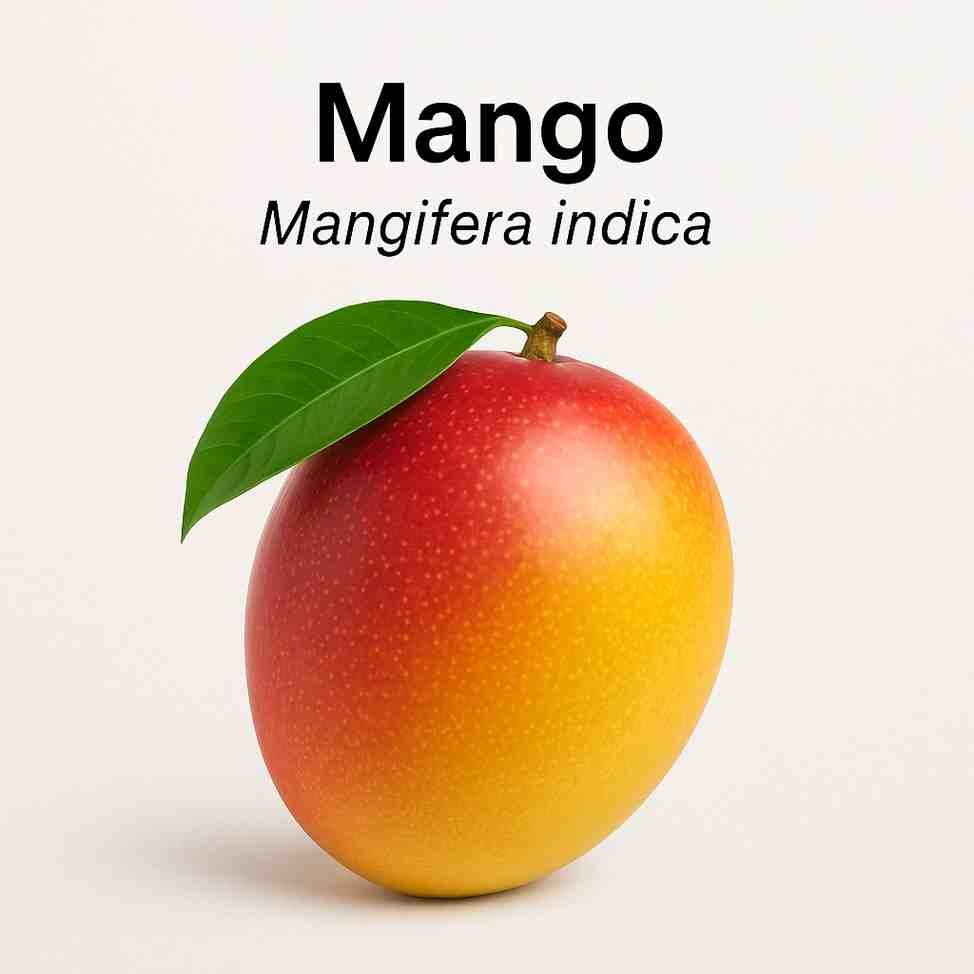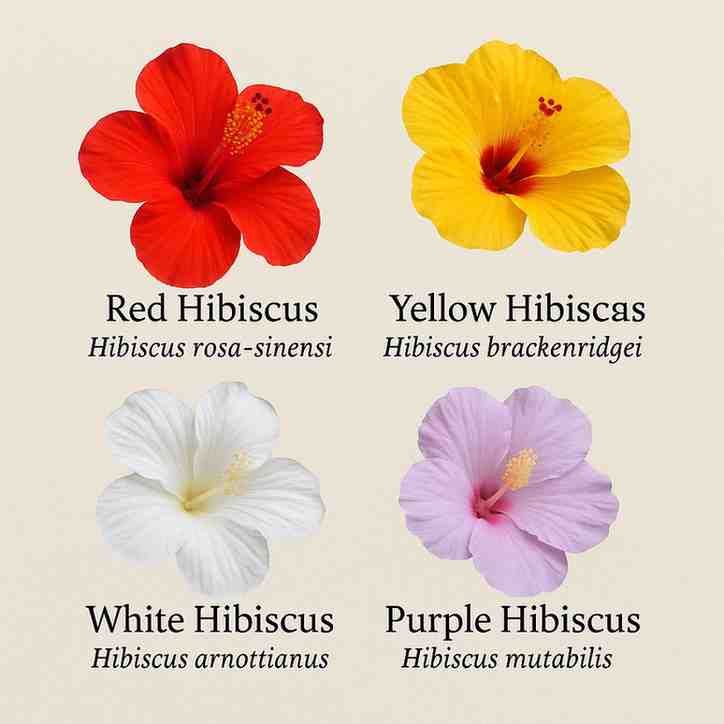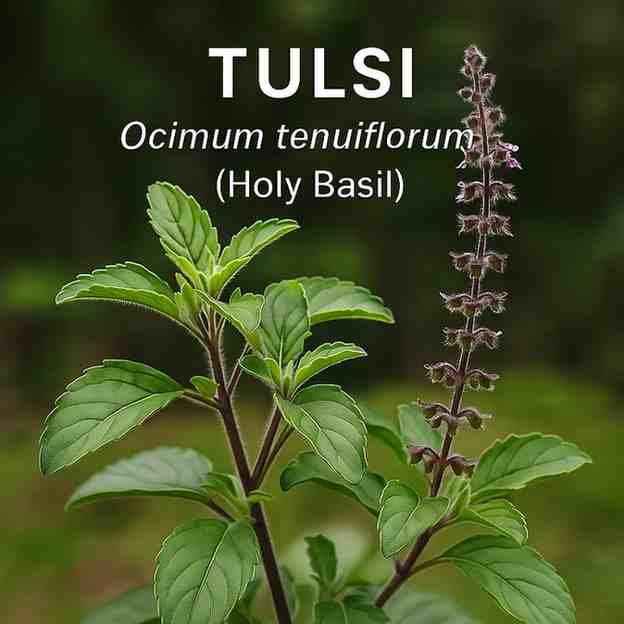What is the scientific name of mango? The common mango scientific name is Mangifera indica.
The mango, often crowned as the King of Fruits, is not only a delicious tropical delight but also a plant of great botanical significance. The scientific name of the mango tree is Mangifera indica, which indicates it is a fruit genus originating from Indian territory with the term Indica. The mango tree is native to South Asia. It has been cultivated and revered for its juicy fruits for over 4,000 years, with superb medicinal leaves, fragrant flowers, and cultural significance in all human cultures.
In this comprehensive guide, we shall cover various details about the scientific name of mango, the Latin meaning, botanical classification, uses, health benefits, flower, tree, leaves, and all you need to know about this iconic fruit.
Table of Contents
What Is the Scientific Name of Mango?
The botanical of the mango is Mangifera indica.
- Genus: Mangifera
- Species: indica
In Latin, it means “mango-producing plant from India,” indicating that it probably originated in the Indian subcontinent. Mangos are the “king of fruits” because of their sweet taste and widespread use in tropical regions.
Meaning of the Mango Scientific Name
- Mangifera: “Mango-bearing” (from Latin: mango + -fera = bearer)
- Indica: “from India”
Because it is accurate to indicate that it is an Indian and fruit plant bearing name.
How to pronounce Mangifera
- Mangifera: /ˌmæŋˈɡɪfərə/→ mang-GIF-er-uh
- Indica: /ˈɪndɪkə/ → IN-di-kuh
- Phonetic Pronunciation: mang-GIF-er-uh IN-di-kuh
Biological Classification of Mango Plans
| Rank | Classification |
|---|---|
| Kingdom | Plantae |
| Clade | Angiosperms |
| Order | Sapindales |
| Family | Anacardiaceae |
| Genus | Mangifera |
| Species | Mangifera indica |
This nomenclature is extremely vital for understanding the biological structure and taxonomy of mangoes.
Mango Tree Overview
- Height: 30 to 100 feet (9 to 30 meters)
- Lifespan: Can live over 100 years
- Trunk Diameter: Up to 3–4 feet
- Canopy: Dense, spreading
- Climate: Prefers tropical and subtropical areas
- Growth Habit: Evergreen, deep-rooted tree
The mango tree is known for its towering height and sprawling branches, offering dense shade. In rural areas, its wood is used for making furniture and construction purposes. The tree begins fruiting anywhere from 5 to 8 years after planting, and with age, the yield increases. Proper attention to pruning, watering, and organic fertilization would also help make for healthy growth.
Mango Flower Characteristics
- Color: Yellowish-white to creamy
- Size: Very small (3–5 mm wide)
- Fragrance: Mildly sweet and floral
- Season: Appears before fruiting, usually in spring
- Pollination: Mainly by insects (bees, flies)
Mango Leaves Details
- Shape: Lanceolate (long and narrow)
- Color: Reddish when young, deep green when mature
- Length: 6–16 inches
- Medicinal Use: Used in traditional remedies for diabetes, burns, and respiratory issues
- Cultural Use: Used in Hindu rituals and decorations
Mango leaves contain bioactive compounds such as mangiferin, which is known for its anti-inflammatory and antioxidant properties. The leaves are brewed as a tea and made into a tonic in the form of a dried powder. Folk medicine uses mango leaf extract to lower blood sugar levels and enhance pulmonary health. In culture, mango leaves are tied into garlands to decorate doors and temples for festivals, symbolizing wealth and purity.
Mango Fruit Overview
- Color: Various colors: green, yellow, red, or orange
- Texture: Smooth skin, juicy flesh
- Taste: Sweet, tangy, and aromatic
- Overall fruit shape: Drip (stone fruit)
- Harvest season: Culture-dependent but mostly summer.
Mango is a nutritious tropical fruit valued for its flavor and versatility. It is eaten raw, cooked, or processed into jams, juices, and desserts. Mangoes are high in vitamin C, fiber, and polyphenols. The inner pit or stone contains the seed, which can be planted to produce new trees. Depending on the variety, mangoes vary in size from small golf balls to large oval fruits weighing over two pounds.
Freshly ripe mangoes are eaten, while others are used to make pickles, chutneys, ice cream, dried fruit snacks, and smoothies. Some dishes use raw mangoes, which are chopped and cooked with salt or chili powder.
Uses of Mango Fruit

1.Culinary Uses
- Eat fresh or dried
- Used in juices, smoothies, pickles, chutneys, and ice creams.
- The pulp of the mango is used in desserts and traditional sweets.
2. Medicinal Uses
- Rich in vitamins C, A, and antioxidants
- Boosts immunity and aids in digestion.
- Used in Ayurveda to detox and balance doshas
3. Industrial and Cosmetic Uses
- Mango butter in skin creams and hair oils
- Leaves and bark are used in herbal medicine and dye extraction
Health Benefits of Mango
| Benefit | Description |
|---|---|
| Boosts immunity | High in Vitamin C and antioxidants |
| Aids digestion | Contains digestive enzymes (amylase) |
| Supports eye health | Rich in Vitamin A and beta-carotene |
| Promotes healthy skin | Contains collagen-boosting nutrients |
| Regulates blood sugar | Polyphenols help maintain insulin levels |
Where Are Mangoes Grown?
Mango trees thrive in:
- India (the world’s largest producer)
- Pakistan
- Mexico
- Thailand
- Philippines
- Egypt
- Brazil
They need:
- Full sunlight
- Well-drained soil
- Dry spells before flowering
- Protection from frost
Types of Mangoes Around the World
There are over 500 varieties of mango, but here are some of the best known:
| Variety | Origin | Flavor Profile | Scientific Name |
|---|---|---|---|
| Alphonso | India | Sweet, creamy | Mangifera indica ‘Alphonso’ |
| Kent | USA (Florida) | Mildly sweet, low fiber | Mangifera indica ‘Kent’ |
| Ataulfo | Mexico | Honey-sweet, soft | Mangifera indica ‘Ataulfo’ |
| Haden | USA | Rich flavor, fibrous | Mangifera indica ‘Haden’ |
| Kesar | India (Gujarat) | Saffron-colored, sweet | Mangifera indica ‘Kesar’ |
| Tommy Atkins | USA (Florida) | Mild flavor, firm flesh | Mangifera indica ‘Tommy Atkins’ |
| Palmer | Brazil / USA | Sweet, low fiber | Mangifera indica ‘Palmer’ |
| Neelum | India (South) | Aromatic, juicy | Mangifera indica ‘Neelum’ |
Mango Name in Different Languages
| Language | Name |
|---|---|
| English | Mango |
| Urdu | آم (Aam) |
| Hindi | आम (Aam) |
| Tamil | மாம்பழம் (Māmpaḻam) |
| Arabic | مانجو (Manjo) |
| Malay | Mangga |
| Chinese | 芒果 (Mángguǒ) |
| Bengali | আম (Aam) |
| Telugu | మామిడి పండు (Māmiḍi Pandu) |
| Kannada | ಮಾವುಹಣ್ಣು (Māvuhannu) |
| Punjabi | ਅੰਬ (Amb) |
| Gujarati | કેરી (Keri) |
| Marathi | आंबा (Amba) |
| Malayalam | മാമ്പഴം (Māmpaḻaṁ) |
| French | Mangue |
| Spanish | Mango |
| German | Mango |
| Portuguese | Manga |
| Swahili | Embe |
| Filipino | Mangga |
Mango Fun Facts
- India grows over 40% of the world’s mangoes.
- The mango is the national fruit of India and Pakistan.
- Ancient mango seeds were discovered in India as early as 2000 BC.
- Mango trees live on, producing fruit for more than 300 years.
- Most mango flowers are male, and very few can bear fruit.
Conclusion
The botanical name of the mango, Mangifera indica, is more than just a Latin appellation. It has come to represent a fruit loved by many worldwide, with deep roots in culture, cuisine, and traditional medicine. The mango has always been one of nature’s finest gifts, continuing to dazzle us with its unique flavor, fragrance, and health benefits.
From fresh mango pulp to mango juice to its utility in traditional medicine, the more you dig into its botanical, biological, and practical significance, the more you will appreciate it.
Also Read:
- Scientific Names of Vegetables: Cruciferous, Leafy, and Root List
- Apple Tree Scientific Name, Genus, Types, Uses, and Benefits
- Tomato Scientific Name, Types, Uses, Benefits, and Plant
- Banana Scientific Name, Types, Uses, Benefits, and Plant
- Scientific Names of Common Plants: Flowers, Herbs, and Trees
FAQs: People Also Ask
What is the scientific name of mango fruit?
Mangifera indica: it covers the tree and the fruit.
What is the Latin and biological name of a mango?
Mangifera indica: it is both the Latin and biological name.
What are mango leaves used for?
Treating burns, diabetes, and asthma in traditional remedies and rituals.
Can I grow mango trees at home?
Yes, especially dwarf varieties in large containers with proper sun.
Are mango flowers edible?
Rarely used, but sometimes included in herbal infusions or decoctions.


I very lucky to find this site on bing, just what I was looking for : D besides saved to my bookmarks.